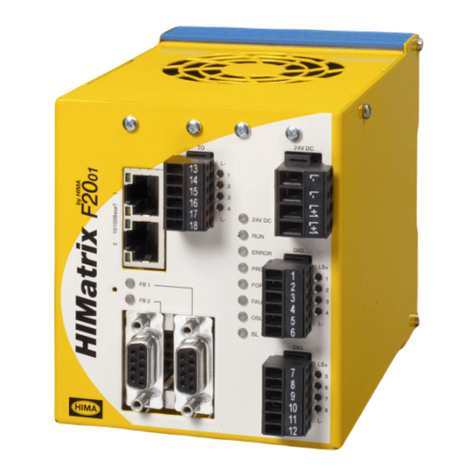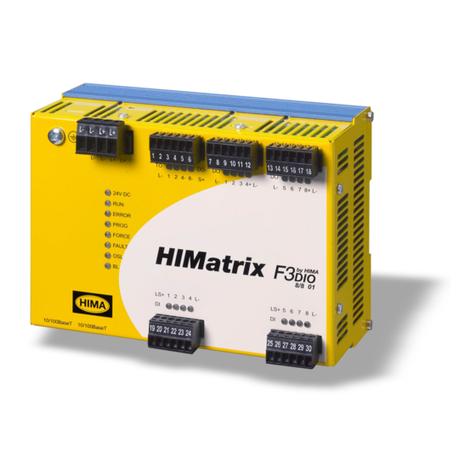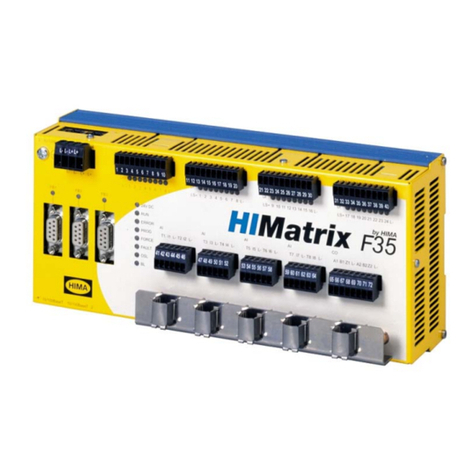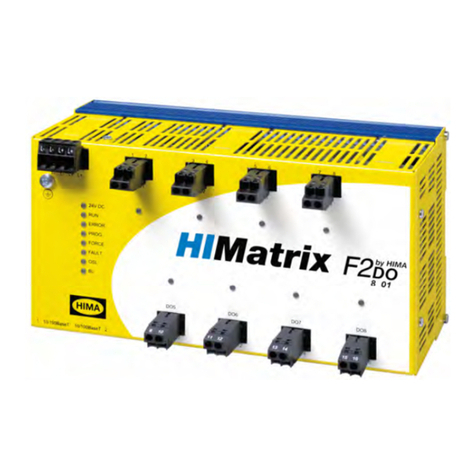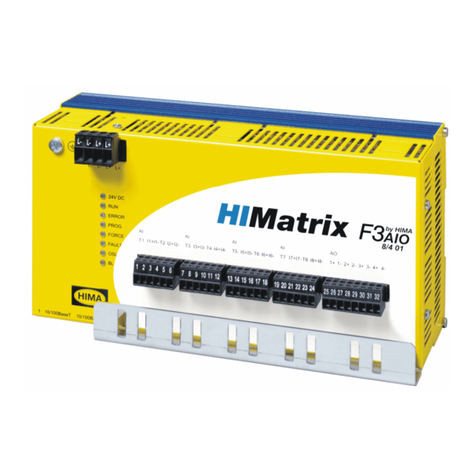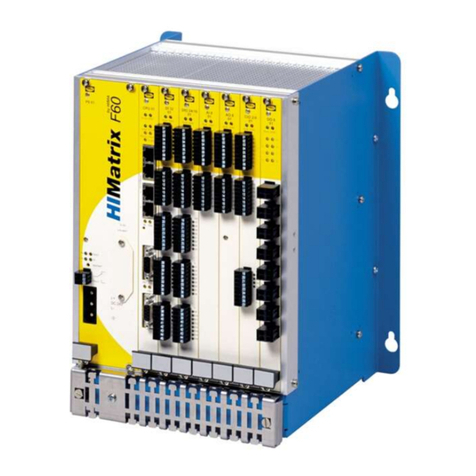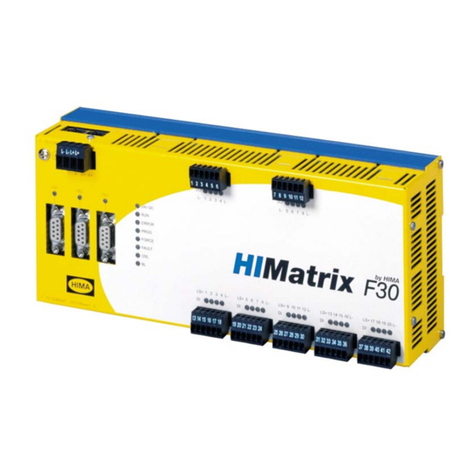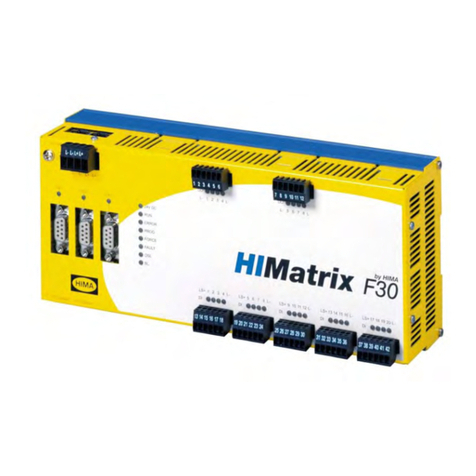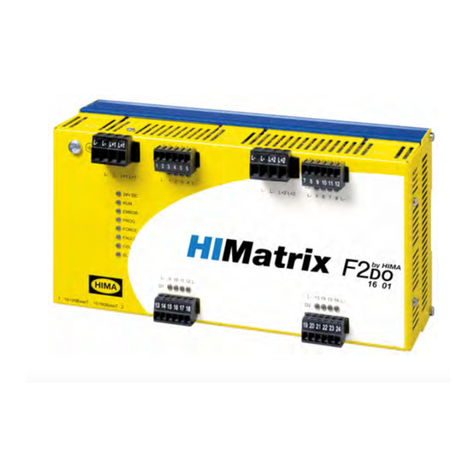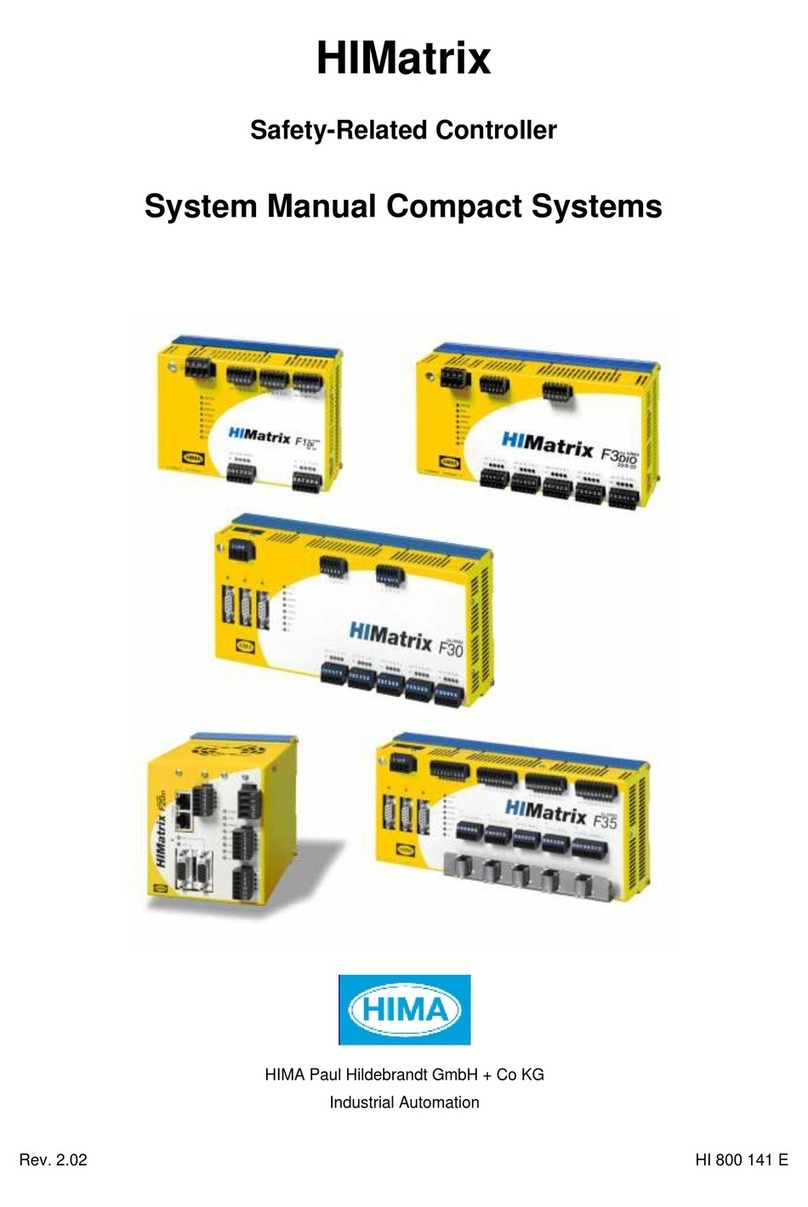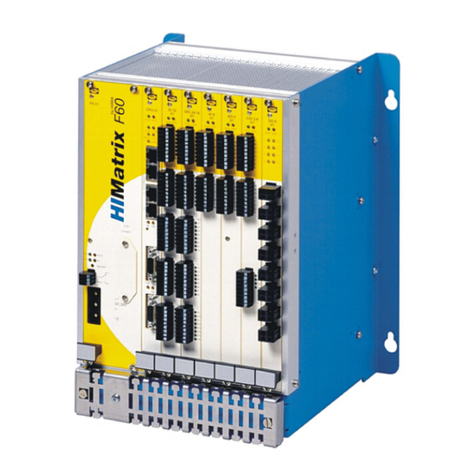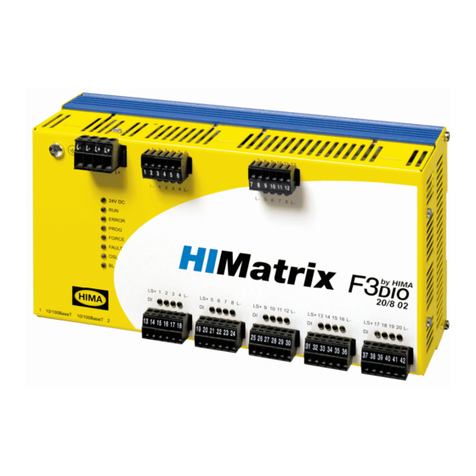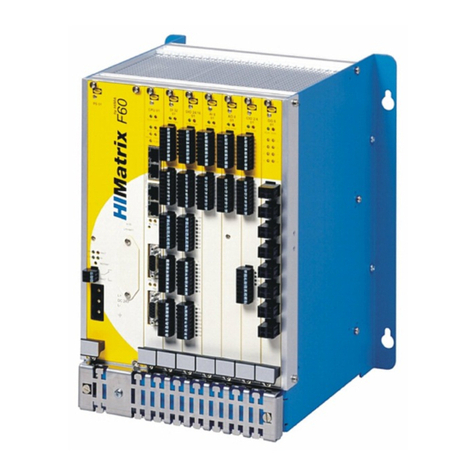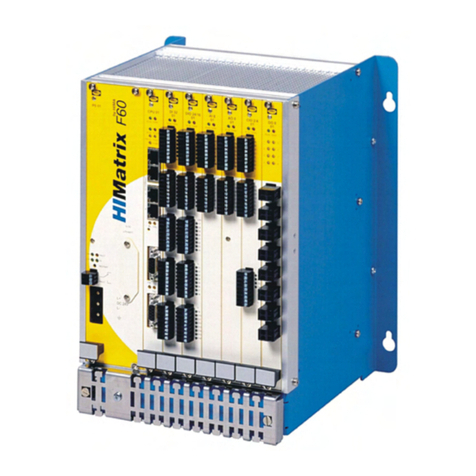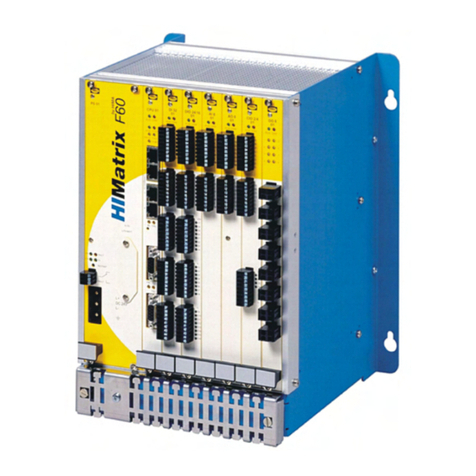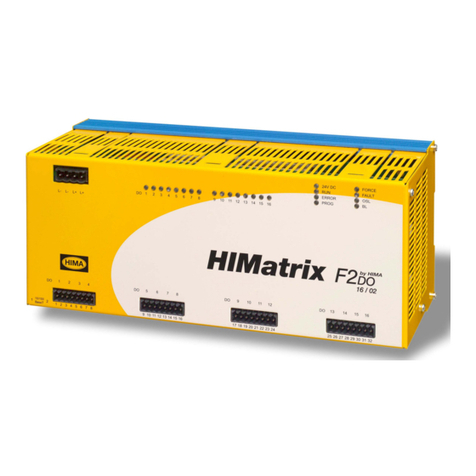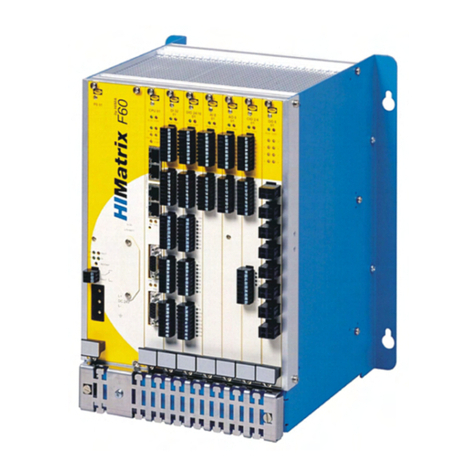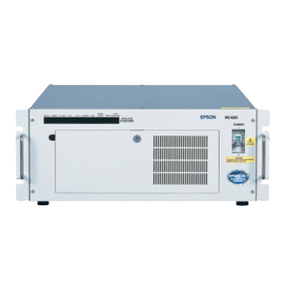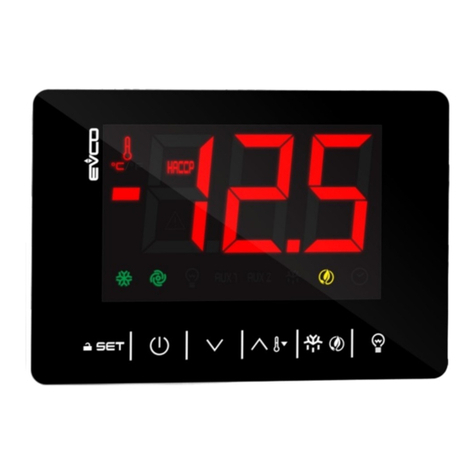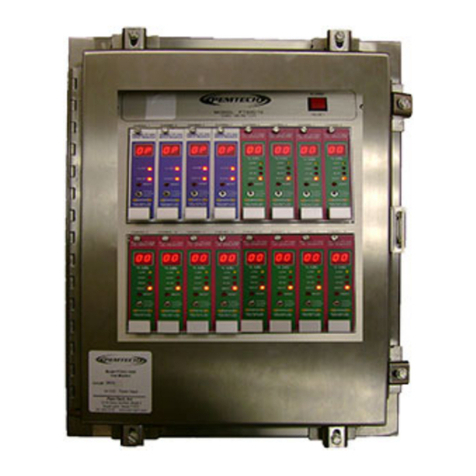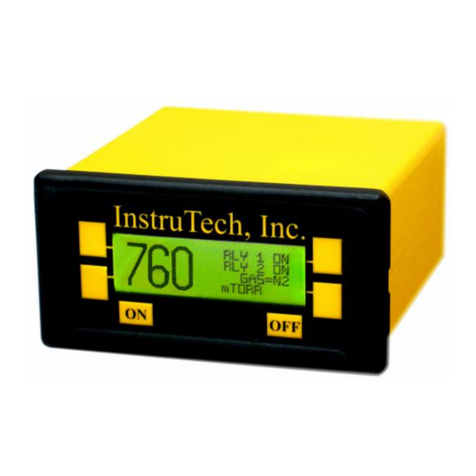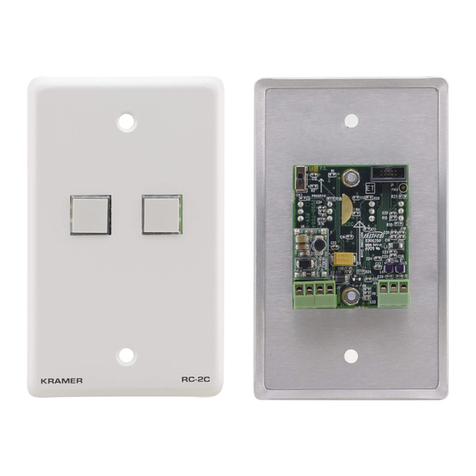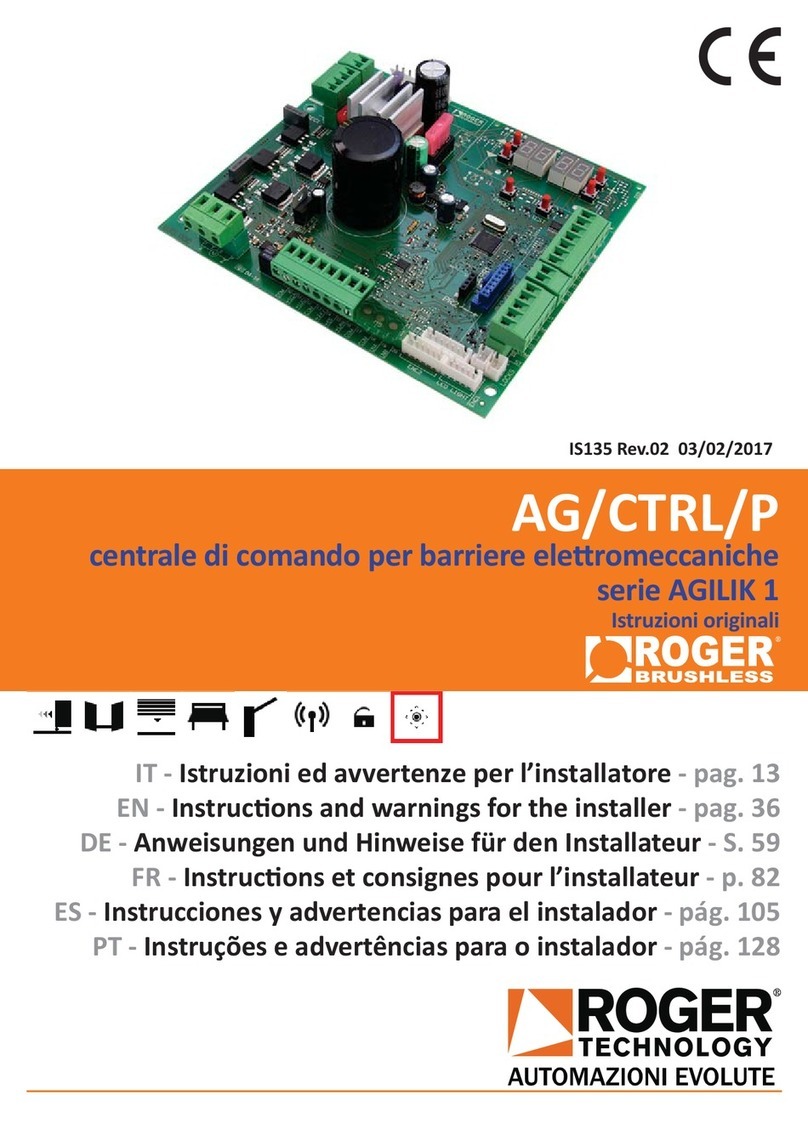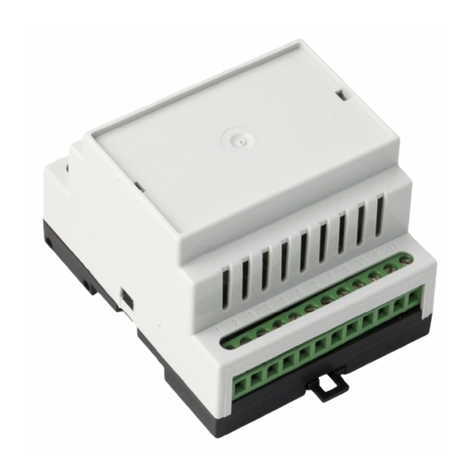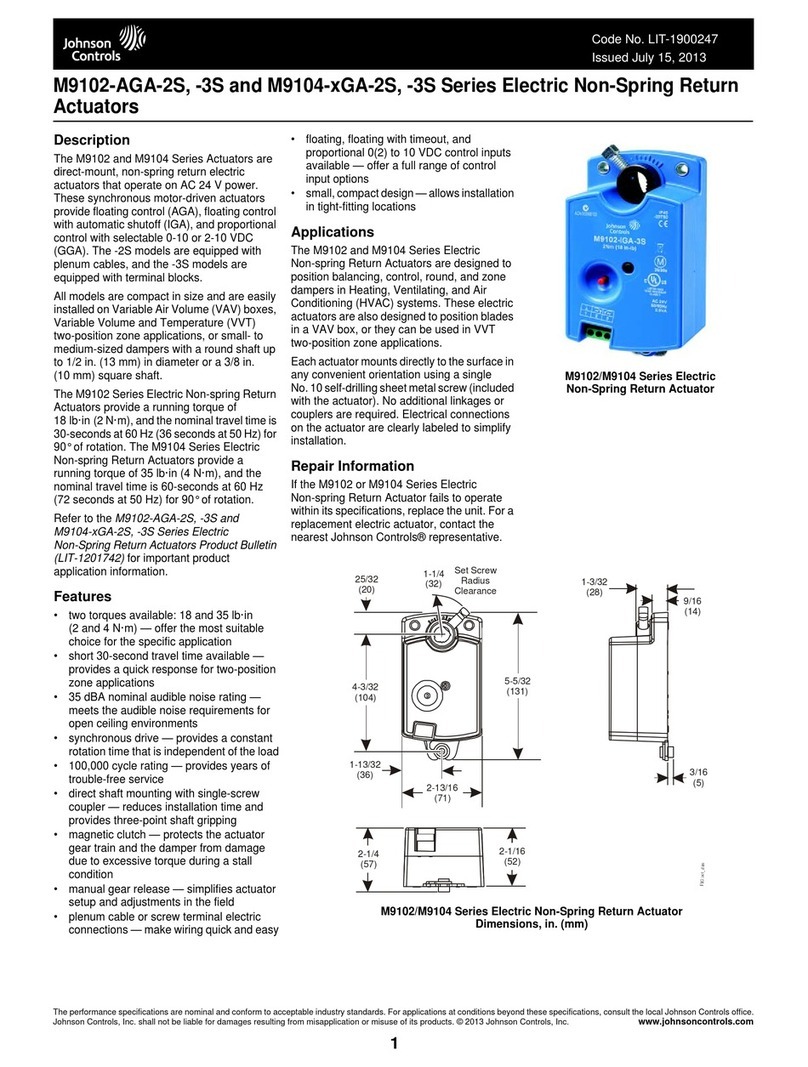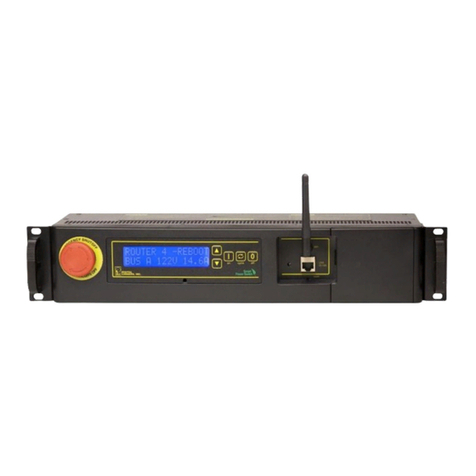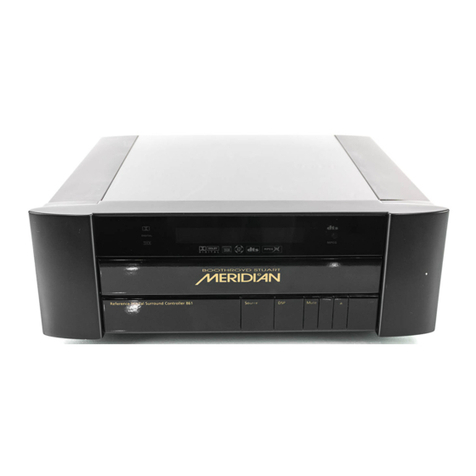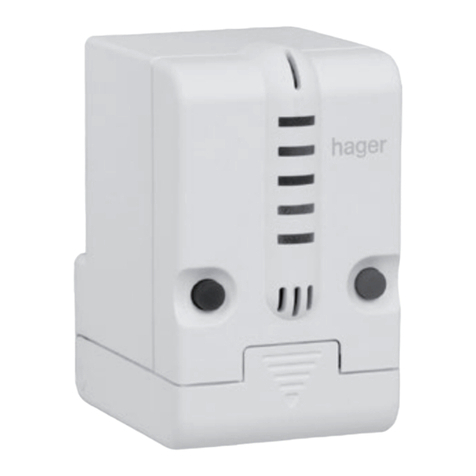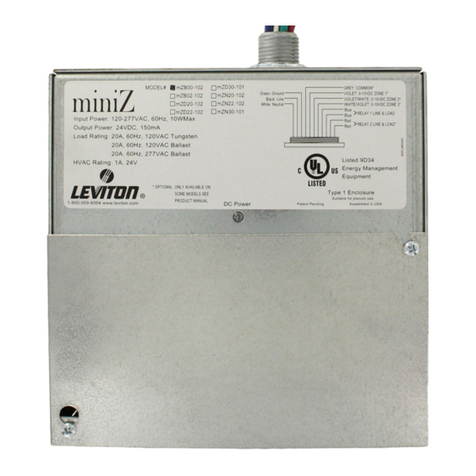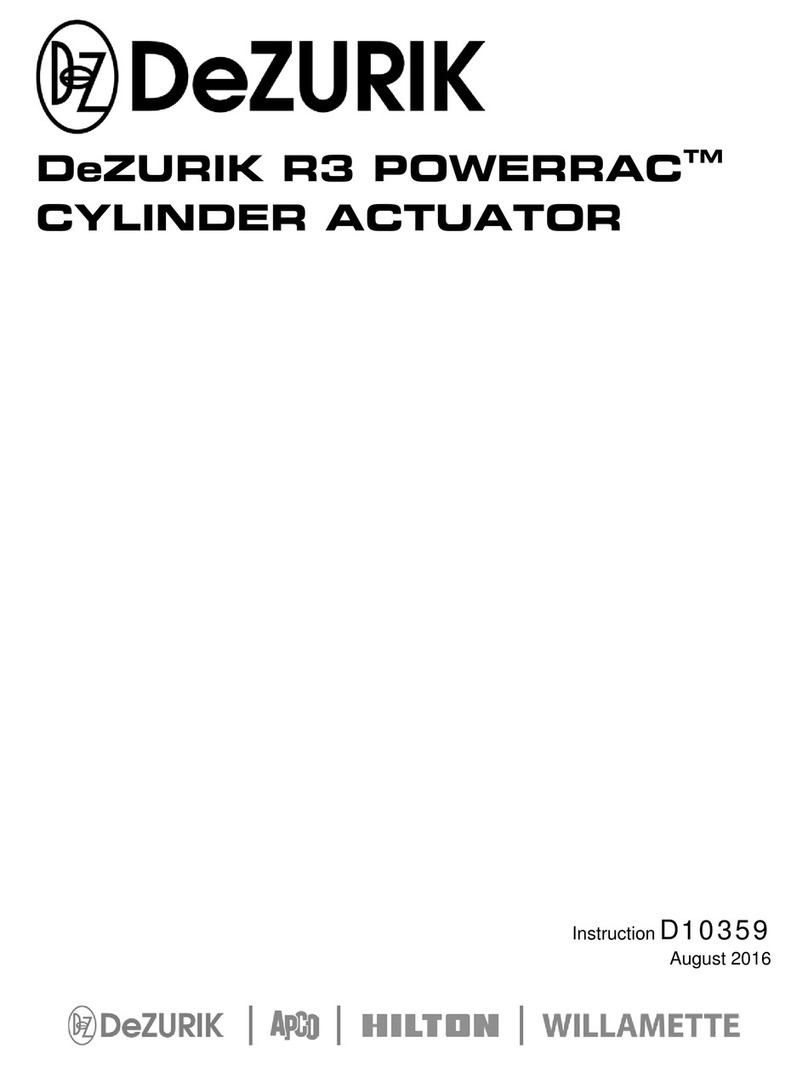
3 Product Description System Manual M45
Page 20 of 80 HI 800 651 E Rev. 1.01
3.6.1 Alarms&Events
Events are state changes of a variable that are performed by the plant or controller, and are
provided with a timestamp.
Alarms are events that signalize increased risk potential.
The HIMatrix system records the state changes as events specifying the time point when they
occurred. The X-OPC server transfers the events to other systems such as control systems that
display or evaluate the events.
HIMatrix differentiates between Boolean and scalar events.
Boolean events:
Changes of Boolean variables, e.g., of digital inputs.
Alarm and normal state: They can be arbitrarily assigned to the variable states.
Scalar events:
Crossing the upper and lower limit values defined for a scalar variable.
Scalar variables have a numeric data type, e.g., INT, REAL.
Two upper limits and two lower limits are possible.
The following condition must be met for the limits:
Highest limit (HH) ≥ high limit (H) ≥ normal range ≥ low limit (L) ≥ lowest limit (LL).
A hysteresis can be effective in the following cases:
-If the value falls below one of the upper limits.
-If the value exceeds one of the lower limit.
A hysteresis is defined to avoid a needless large number of events when a global variable
strongly oscillate around a limit.
HIMatrix M45 can only create events if they are configured in SILworX, see Chapter 7.8. Up to
4 000 alarms and events can be defined.
3.6.2 Creating Events
The processor system is able to create events.
The processor system uses global variables to create the events and stores them in the buffer,
see Chapter 3.6.3. The events are created in the user program cycle.
Every event that has been read can be overwritten by a new event.
System Events
In addition to events, which records changes of global variables or input signals, processor
systems create the following types of system events:
Overflow: Some events were not stored due to buffer overflow. The timestamp of the
overflow event corresponds to that of the event causing the overflow.
Init: The event buffer was initialized.
System events contain the SRS identifier of the device causing the events.
Status Variables
Status variables provide the user program with the state of scalar events. Each of the following
states is connected to a status variable and can be assigned a global variable of type BOOL:
Normal.
Low limit (L) exceeded.
Lowest limit (LL) exceeded.
High limit (H) exceeded.
Highest limit (HH) exceeded.
The assigned status variable becomes TRUE when the corresponding state is achieved.




















